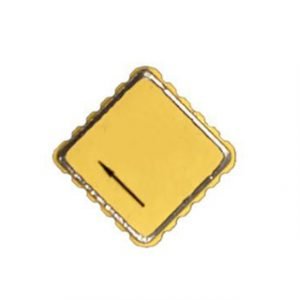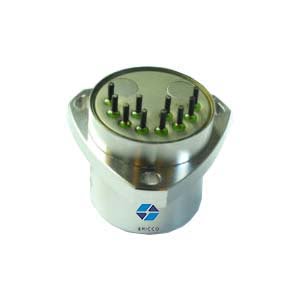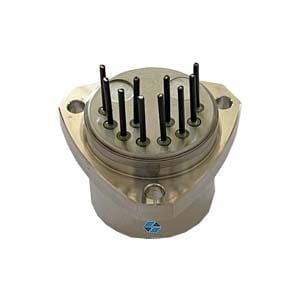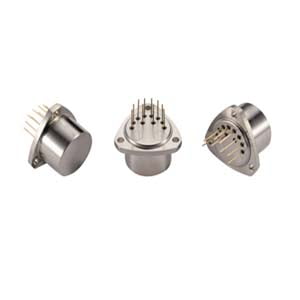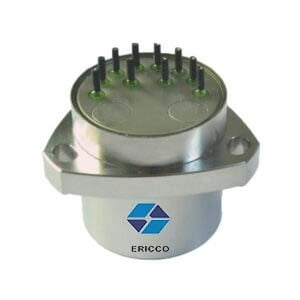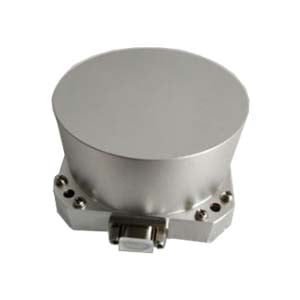Q-Flex accelerometers have revolutionized various industries, from aerospace to automotive, due to their compact size, high precision, and low power consumption. However, maintaining bias stability, which is crucial for accurate and reliable measurements, remains a challenge. In this article, we delve into effective strategies to enhance the bias stability of Q-Flex accelerometers, ensuring optimal performance across diverse applications.
1.What is Bias Stability:
Bias stability refers to the accelerometer's ability to maintain consistent output in the absence of any acceleration input. Even minor fluctuations in bias can lead to significant errors in measurements over time. Factors such as temperature variations, mechanical stress, and electronic noise can influence bias stability, necessitating proactive measures for mitigation.
2.Measures to Improve Bias Stability
2.1 Improvement of Flexure Quartz Material
The flexure is a key component of quartz flexure accelerometers, and its performance and quality play a crucial role in the technical performance indicators of quartz flexure accelerometers. The performance and quality of the flexure largely depend on the quartz material used to manufacture it.
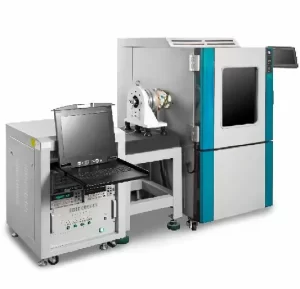
Advanced testing methods can be utilized to further analyze the various indicators of the material. Through processing the flexure and testing the performance of the quartz flexure accelerometer, the impact of quartz material on the performance of the quartz flexure accelerometer can be verified. This process helps determine the technical performance requirements of quartz flexure accelerometers for quartz glass.
2.2 Reduction of Assembly Stress Impact
The basic structure of the mechanical head of a quartz flexure accelerometer involves clamping the pendulum assembly between the upper and lower excitation rings, with the diaphragm belt connecting them through adhesive bonding and other methods. However, using adhesive bonding can result in poor wetting between the adhesive and the metal material, low adhesion, and low bonding strength, compounded by factors such as unstable raw material composition.
To address this issue, laser welding can be employed. Based on the structure and material characteristics of quartz flexure accelerometers, a low-power solid-state laser welding machine is selected for welding the core.
Compared to adhesive bonding, laser welding is a rigid connection method. The stiffness of the connection in laser welding is much greater than that in adhesive bonding. Rigid connection can greatly reduce the tiny movements of the upper and lower excitation rings relative to the quartz flexure pendulum assembly, as well as the deformation at the interface between the excitation ring and the quartz flexure pendulum assembly. It also eliminates the inherent plastic deformation of organic materials like adhesives, thereby enhancing the stability of the head structure.
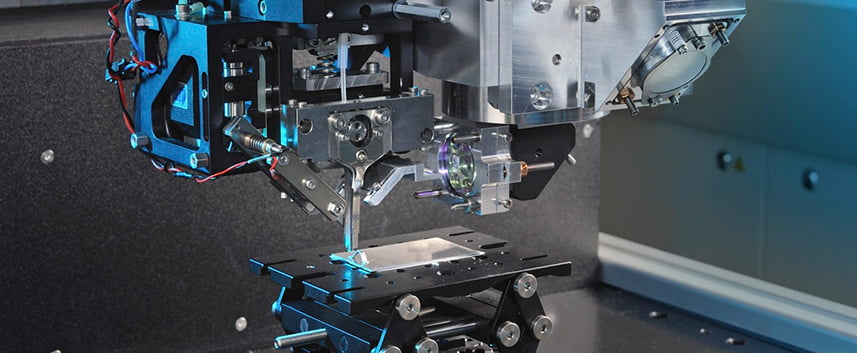
Fig.2 A Laser Bonder
2.3 Noise Reduction:
Electronic noise can adversely affect the bias stability of Q-Flex accelerometers, particularly at low acceleration levels. Implementing noise reduction techniques such as signal averaging, filtering, and shielded cabling can attenuate unwanted noise sources, improving the signal-to-noise ratio and enhancing bias stability, especially in high-noise environments.
2.4 Thermal Management:
Temperature fluctuations pose a significant challenge to bias stability in Q-Flex accelerometers. Implementing effective thermal management solutions is paramount to minimize the impact of temperature variations. This includes employing temperature sensors for real-time monitoring, implementing temperature compensation algorithms, and utilizing thermal insulation techniques to shield the sensor from external heat sources.
3.Summary
Enhancing the bias stability of Q-Flex accelerometers is critical for ensuring accurate and reliable measurements in diverse applications. By implementing a combination of calibration techniques, thermal management solutions, mechanical design considerations, and noise reduction strategies, manufacturers and users can optimize bias stability and unlock the full potential of Q-Flex accelerometers across various industries.
Ericco provides high-precision quartz accelerometers, such as the ER-QA-01A3, with a bias stability of 10μg, scale factor repeatability of 10ppm, and a weight of 80g, which can be widely used in aircraft carrier microgravity measurement systems, inertial navigation systems, and static angle measurement systems.
More Technical Questions
1.Quartz Flexure Accelerometer Pendulum Processing Technology
2. Choosing an Accelerometer - MEMS or Quartz Accelerometer
3. Driving Automotive Evolution: MEMS Accelerometers
4. Factors Affecting the Stability of Q-Flex Accelerometers
5. Structure Design of High Precision Quartz Flexible Accelerometer
6. Methods to Maintain the Long-Term Performance of Quartz Flexure Accelerometers


